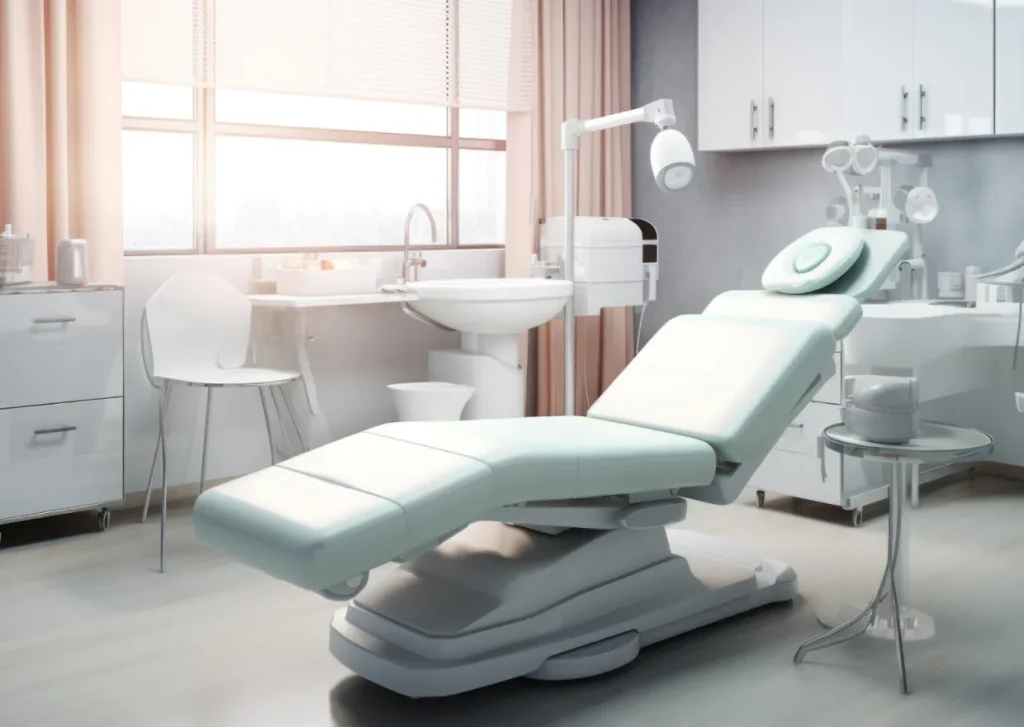Gum disease is a destructive condition that can cause severe damage to a patient’s gum, tooth, and jawbone tissues. Fortunately, your periodontist can provide a variety of procedures that can correct that damage and help patients continue on with a higher quality of life.
Dental implants, restorations, and various other gum disease treatments may benefit from a process called “tissue regeneration.” The concept itself is simple, and refers to the regrowth of certain kinds of tissue (in the case of periodontal disease, gum, tooth, and jawbone tissue) in oral surgery.
Gum Grafts
A common form of tissue regeneration used by periodontists and regenerative surgeons is the gum, connective tissue, or gingival graft. The gum graft is often used to repair gum recession, in which the gums begin to pull back, exposing an increasing amount of the tooth and root. This receding tissue leads to the-loss of attached gingiva (gum), which can develop pockets that form and make the gums vulnerable to bacteria and infection. These exposed roots may also become more susceptible to decay and cavities.
Sometimes, a change in your routine is the only thing needed to stop gum recession and allow healing to occur. If the recession has been happening for a long time and has caused extensive damage, however, surgery is usually necessary.
What to Expect
One of the most frequently-used gum graft procedures is referred to as a “connective tissue graft.” In this procedure, a small incision in the palate (roof of your mouth) is made to create a flap. From under this flap, a small “subepithelial connective tissue” is removed. The connective tissue is inserted into a tunnel created in the gum adjacent to the recession. The flap is then stitched up.
After the Surgery
The main focus of a gum graft is to encourage new growth and tissue regeneration, which requires a successful between the graft and existing tissue. This makes it extremely important to follow your periodontist’s care instructions after your gum graft surgery.
While there can be discomfort after a gum graft, it tends to be mild, and (with the use of a clear surgical stent covering the surgical site) the wound should heal relatively quickly. Pain medication and anti-inflammatory medicines may be recommended to help with pain or discomfort for a few days following the procedure. Additionally, following your periodontist’s instructions will help ensure that your wounds heal with as little pain as possible, and aid in successful tissue regeneration.
Because infection is always a concern after oral surgery, it’s possible that your periodontist will prescribe an antibiotic or special mouth rinse as a precautionary measure.
Tissue Regeneration Provides a Foundation for Success
As mentioned above, tissue regeneration plays an integral role in recovery from periodontal disease. Both gum tissue and bone tissue regeneration allow a new, solid foundation to grow, to save teeth, and so that dental implants and other procedures have a higher rate of success. For more information on procedures that require bone tissue regeneration, please visit our Dental Implants and Sinus Elevation Procedures pages.
Dr. McVaney brings an experienced, caring approach to periodontal surgery. Here at Specialty Dental Care, we make patient education and comfort a priority, no matter which procedure you need to achieve a healthy smile.


